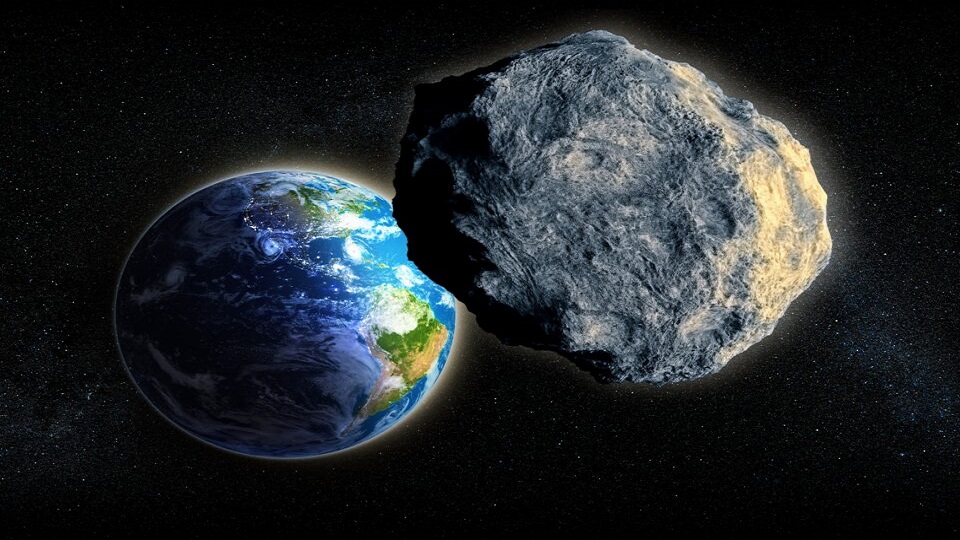Washington D.C., June 28: A 91-meter-wide asteroid, known as 2013 WV44 is now travelling towards Earth has prompted a warning from NASA’s Centre for Near-Earth Object Studies. However, experts reassure that there is little risk of a collision with the earth despite its close approach.
Despite being quite close in astronomical terms, the asteroid 2013 WV44 will pass Earth at a distance of 3.3 million kilometers and won’t pose any imminent danger.
Since its discovery in 2013, the asteroid 2013 WV44 has been monitored by astronomers. According to their calculations, it moves at an astounding speed of 11.8 kilometers per second, or around 34 times the speed of sound. On June 28, at either 1:30 PM Indian Standard Time or 9:00 AM British Summer Time, the asteroid will be at its closest to Earth.
Not First Warning: another Asteroid 2023 JL1
This most recent NASA alert follows another recent notice concerning an asteroid known as 2023 JL1. This asteroid is about the size of a bus, measuring about 39 feet. At a distance of about 2,490,000 kilometers, it is anticipated to make its closest brush with Earth. Even though it is moving at a speed of 26,316 kilometers per hour, it does not now pose a threat to our planet.
NASA’s Dedicated Asteroid Monitoring
For the purpose of keeping track of asteroids and comets that are within 7.5 million km of Earth, NASA maintains a special dashboard. Important information regarding each encounter is provided on the dashboard, such as the date of closest approach, the projected diameter, the relative size, and the distance from Earth.
More than 30,000 asteroids of varying sizes have been discovered in the area of our planet and are now known as Near Earth Objects (NEOs).More than 850 of these asteroids have a diameter of at least one kilometer. All of these asteroids do not, however, appear to pose a threat to Earth during the next century, according to thorough research and tracking.
The Origin of Asteroids
Asteroids are relics from the early stages of our solar system’s development, according to NASA. About 4.6 billion years ago, a vast cloud of gas and dust imploded, giving rise to these celestial planets. The majority of material gathered near the cloud’s center during this process, eventually forming the sun. In the meantime, some of the cloud’s dust solidified and evolved into planets.
Although the recent NASA alert regarding the 91-meter diameter asteroid 2013 WV44 may have caused some alarm, experts stress that Earth is not in immediate danger. NASA continues to protect our planet by steadfast monitoring, continual tracking technology breakthroughs, and other measures. As we learn more about asteroids, we learn important things about the early development of our solar system.






